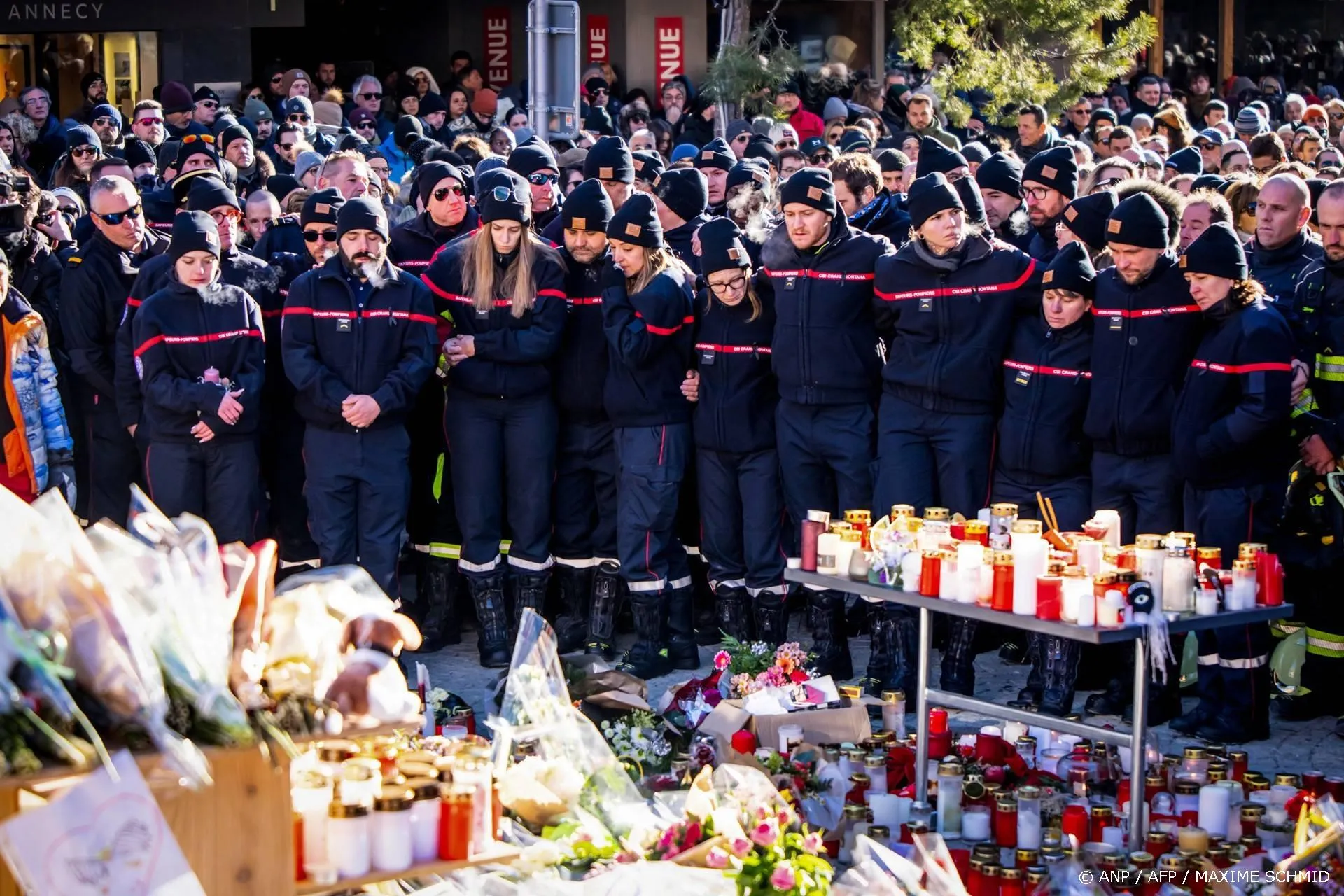Nieuwe energierevolutie: leisteengas

Over the past decade, a wave of drilling around the world has uncovered giant supplies of natural gas in shale rock. By some estimates, there's 1,000 trillion cubic feet recoverable in North America alone enough to supply the nation's natural-gas needs for the next 45 years. Europe may have nearly 200 trillion cubic feet of its own.
We've always known the potential of shale; we just didn't have the technology to get to it at a low enough cost. Now new techniques have driven down the price tag and set the stage for shale gas to become what will be the game-changing resource of the decade.
I have been studying the energy markets for 30 years, and I am convinced that shale gas will revolutionize the industry and change the world in the coming decades. It will prevent the rise of any new cartels. It will alter geopolitics. And it will slow the transition to renewable energy.
To understand why, you have to consider that even before the shale discoveries, natural gas was destined to play a big role in our future. As environmental concerns have grown, nations have leaned more heavily on the fuel, which gives off just half the carbon dioxide of coal. But the rise of gas power seemed likely to doom the world's consumers to a repeat of OPEC, with gas producers like Russia, Iran and Venezuela coming together in a cartel and dictating terms to the rest of the world.
The advent of abundant, low-cost gas will throw all that out the windowso long as the recent drilling catastrophe doesn't curtail offshore oil and gas activity and push up the price of oil and eventually other forms of energy. Not only will the shale discoveries prevent a cartel from forming, but the petro-states will lose lots of the muscle they now have in world affairs, as customers over time cut them loose and turn to cheap fuel produced closer to home.
Before the shale discoveries, experts expected liquefied natural gas, or LNG, to account for half of the international gas trade by 2025, up from 5% in the 1990s. With the shale boom, that share will be more like one-third.
In the U.S., the impact of shale gas and deep-water drilling is already apparent. Import terminals for LNG sit virtually empty, and the prospects that the U.S. will become even more dependent on foreign imports are receding. Also, soaring shale-gas production in the U.S. has meant that cargoes of LNG from Qatar and elsewhere are going to European buyers, easing their dependence on Russia. So, Russia has had to accept far lower prices from formerly captive customers, slashing prices to Ukraine by 30%, for instance.
The great shortage is like the horizon, always receding as you go toward it.
Lees ook
Loading


